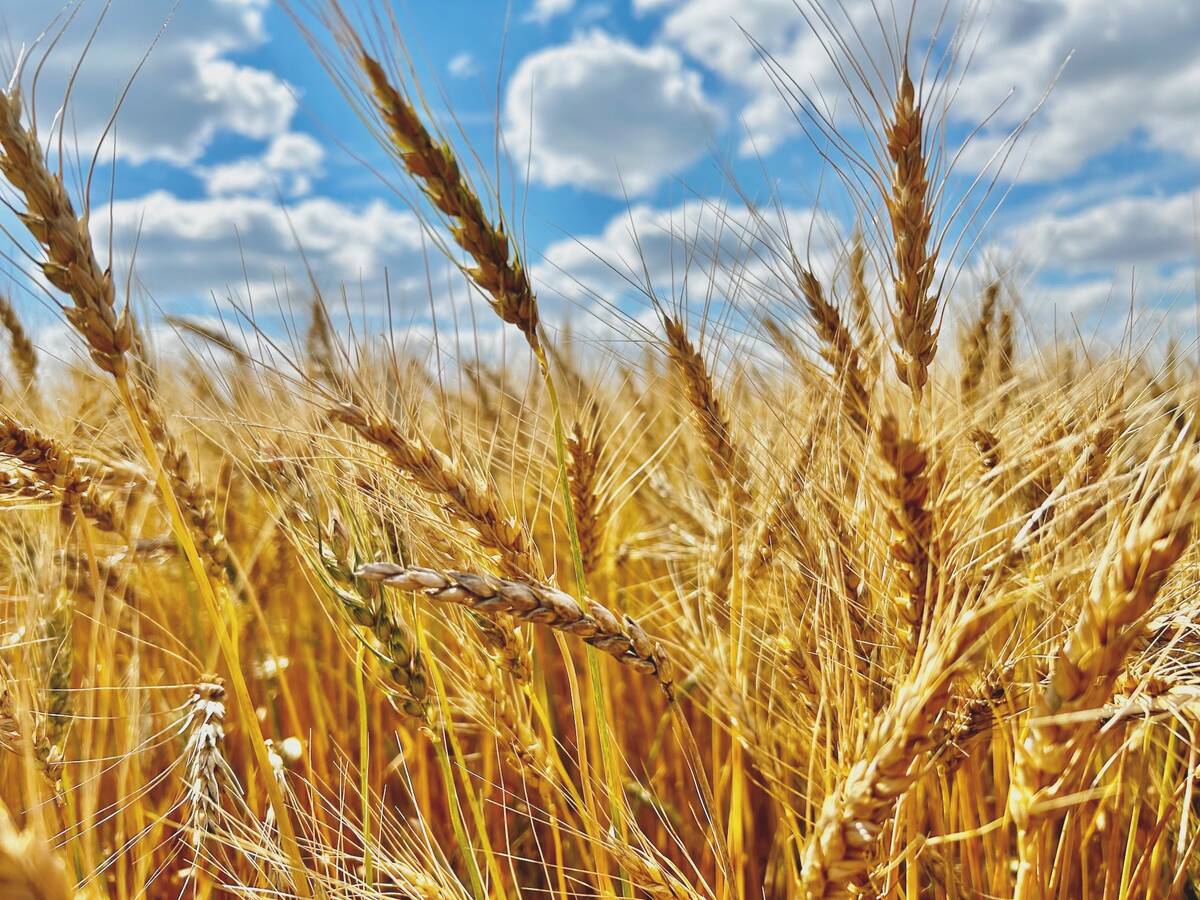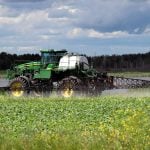The Canadian Transportation Agency is running behind schedule to set the price index that will cap railways’ revenue from hauling Prairie grain for 2007-08.
The CTA said Wednesday it expects to have a new adjusted volume-related composite price index in place “as soon as possible in February 2008” but that there will be a “short delay” from its original deadline of Jan. 31.
“Very late in the process, (Canadian Pacific Railway) raised a legal issue which the (CTA) is addressing and as such has caused the delay,” the agency said in a release Wednesday.
Read Also

Prairie Wheat Weekly: Modest increases for cash prices
Spring wheat and durum cash prices were moderately higher across the Canadian Prairies for the week ended Dec. 19. This was despite losses in Chicago and Kansas City wheat and Agriculture and Agri-Food Canada projecting larger all wheat ending stocks for 2025/26. Minneapolis wheat bumped up on the week, lending some support to Canadian cash prices.
The needed adjustment will remove the amount of hopper car maintenance costs that are “embedded” within the revenue caps and replace it with current, actual hopper car maintenance costs, the CTA said.
The adjustment reflects a one-time process, but its impact carries forward into future years, the agency said.
The price index set by the CTA each year is essentially an inflation factor to cover Canadian National Railway’s and CPR’s price changes for railway labour, fuel, material and capital inputs.
The revenue cap regulates the amount of grain freight revenue CN and CPR can collect from Prairie farmers, while allowing the two railways to set their own rates for services. Surplus revenue is flowed into the Western Grains Research Foundation endowment fund to fund crop research for the benefit of farmers.














